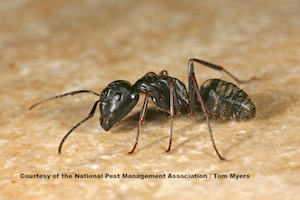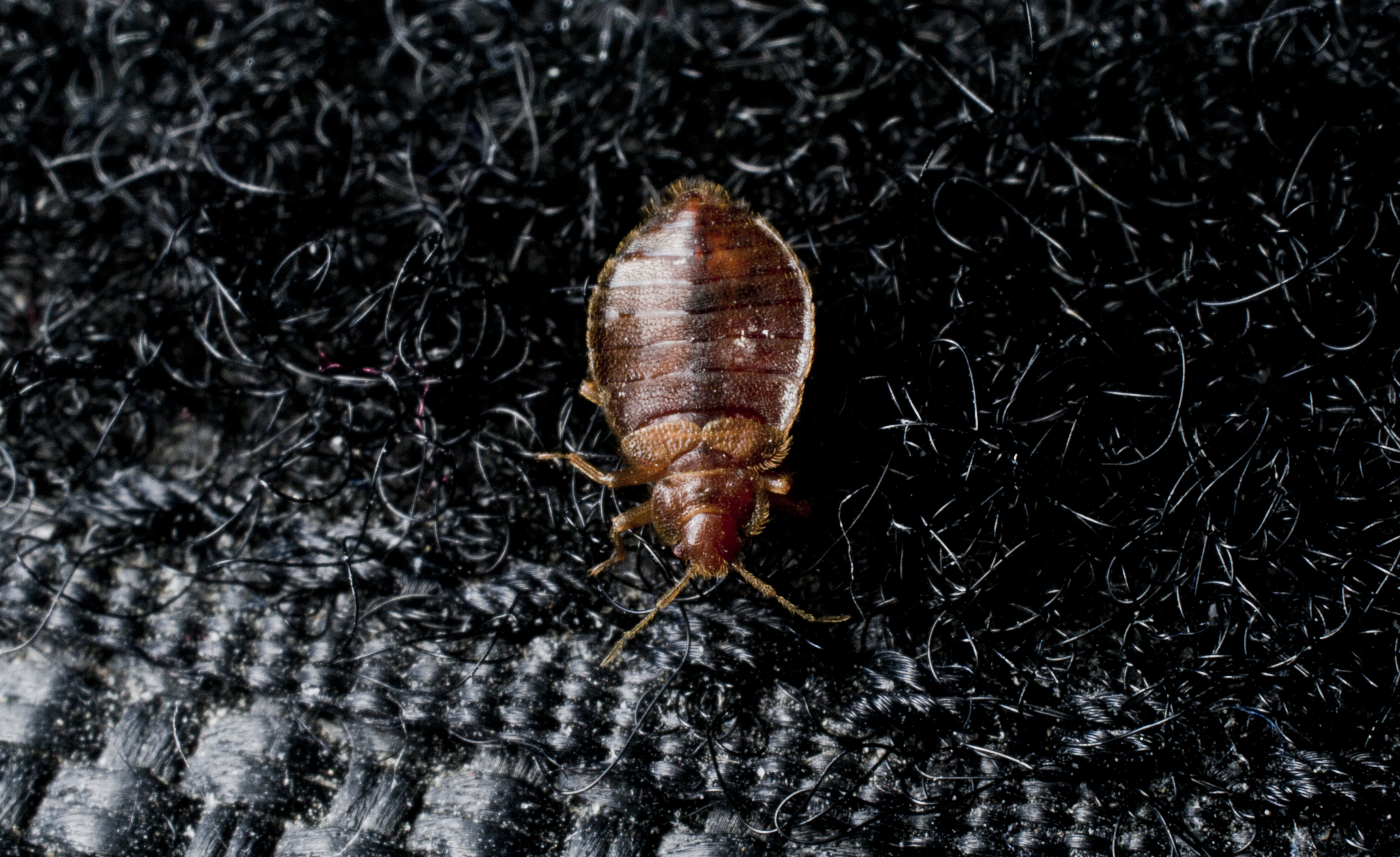In-Sex In The City
Some of the mating rituals that pests do can put your first date to shame. Male insects offer gifts, song and even dance to impress the female. But remember, this is not Love Story - this is Fatal Attraction, which can cause many headaches for homeowners.

According to Cindy Mannes, vice president of public affairs for NPMA, pests are not picky about where they mate and reproduce. "All homes are at risk when it comes to infestation," says Mannes.
Pests such as termites and cockroaches are particularly promiscuous. The sole purpose of these pests is to reproduce, thereby multiplying the physical and monetary amount of damage they cause. Both pests can be a major threat to health and property.
Female termites release 'mating pheromones,' much like perfume, to entice male termites. Once males locate the alluring females, they break off their wings, symbolizing they are a couple. Termites then build their nests in the structural wood of a home. A queen termite can lay more than 60,000 eggs in her 25-year lifespan. It only takes 50-60 days for these eggs to hatch, so early detection and prevention is key as a colony of termites can exceed one million.
Male American cockroaches have to impress their lady-in-waiting before they can mate. Casanova-like-cockroaches flap their wings, expose their abdomens and even nibble the female. After cockroaches mate, they then set up housekeeping and can quickly infest a building. Females lay approximately 40 eggs each month. Although they do not affect the structure of a home, cockroaches carry bacteria and allergens that can severely affect one's health.
"When it comes to pests in your, home call a pest professional to cut the courtship short," advises Mannes. "They will be able to properly inspect and treat potential infestations."

Learn About Ants
Ants are a common pest homeowners struggle to eradicate. Learn more about them!

Bed Bug Pest Guide
Traveling for the holidays this year? Be sure to keep an eye out for bed bugs! Use our Pest Guide to help identify this pest.

NPMA's What Grows There? Project
Check out NPMA's What Grows There? project to learn how pests, such as flies, cockroaches and rodents, can spread germs throughout a home.
Find a PEST PRO in your area

Learn About Ants
Ants are a common pest homeowners struggle to eradicate. Learn more about them!

Bed Bug Pest Guide
Traveling for the holidays this year? Be sure to keep an eye out for bed bugs! Use our Pest Guide to help identify this pest.

NPMA's What Grows There? Project
Check out NPMA's What Grows There? project to learn how pests, such as flies, cockroaches and rodents, can spread germs throughout a home.
